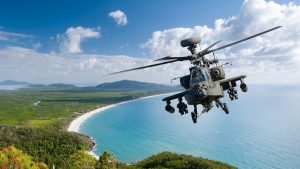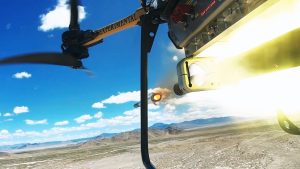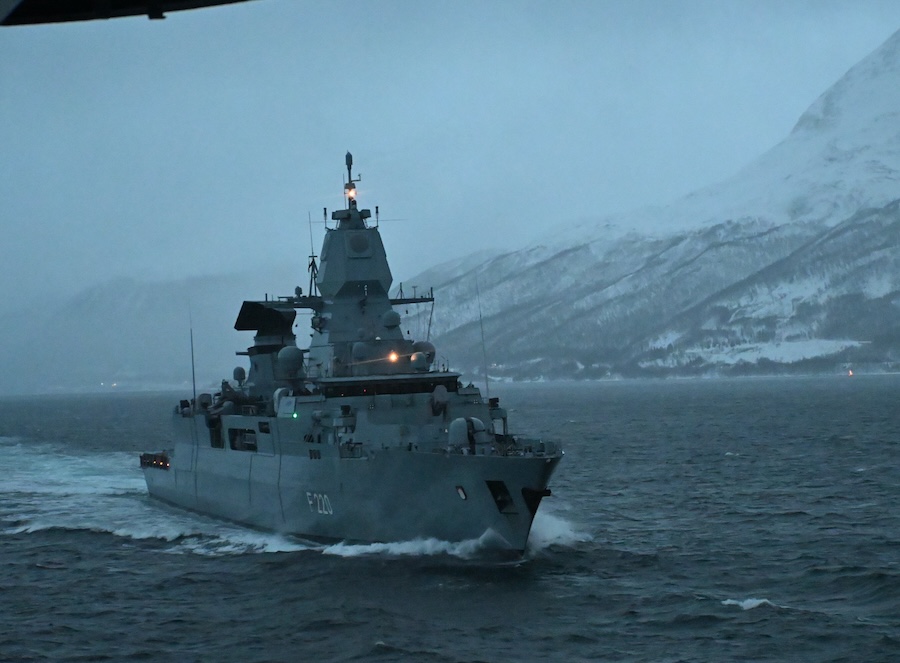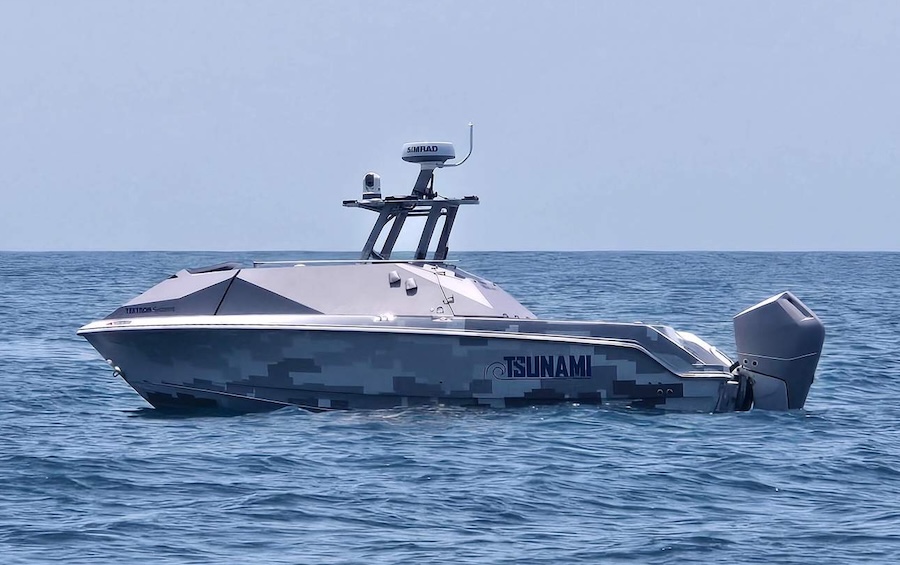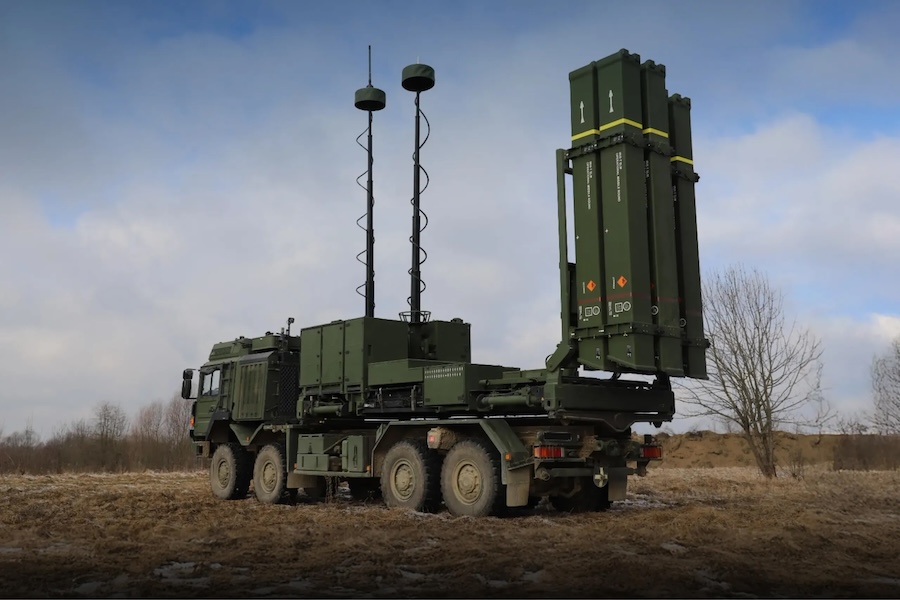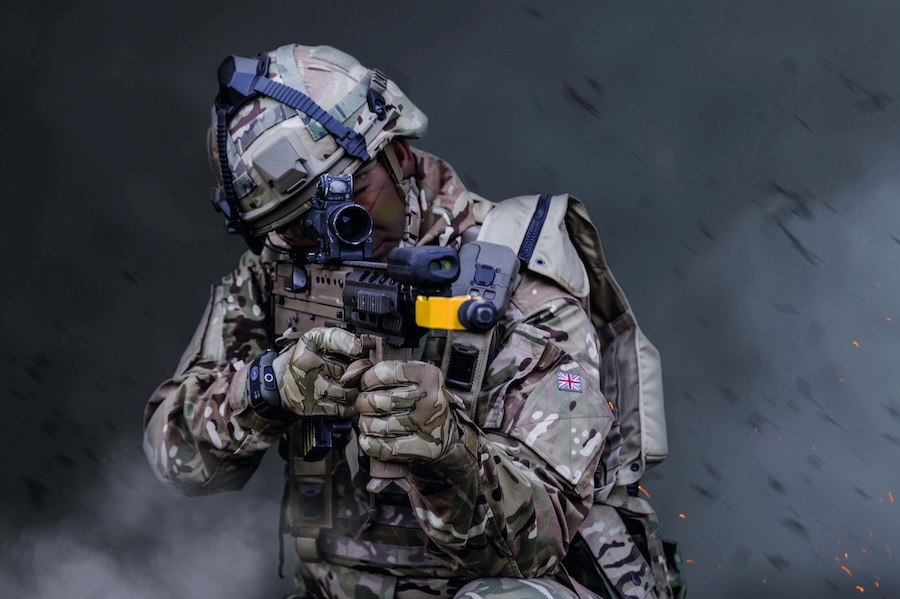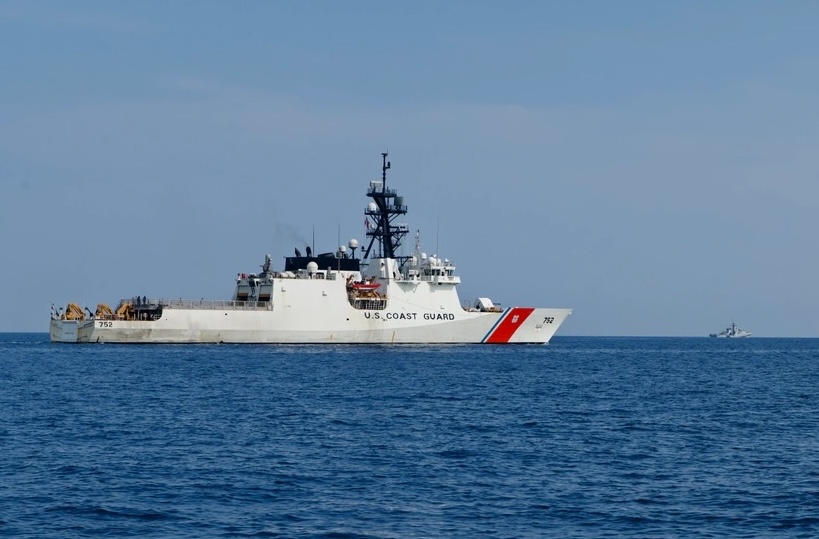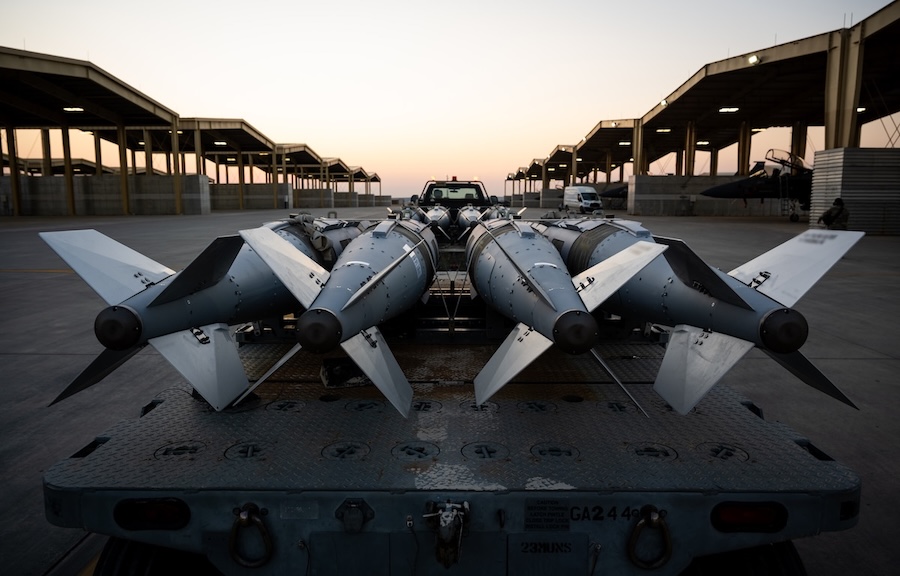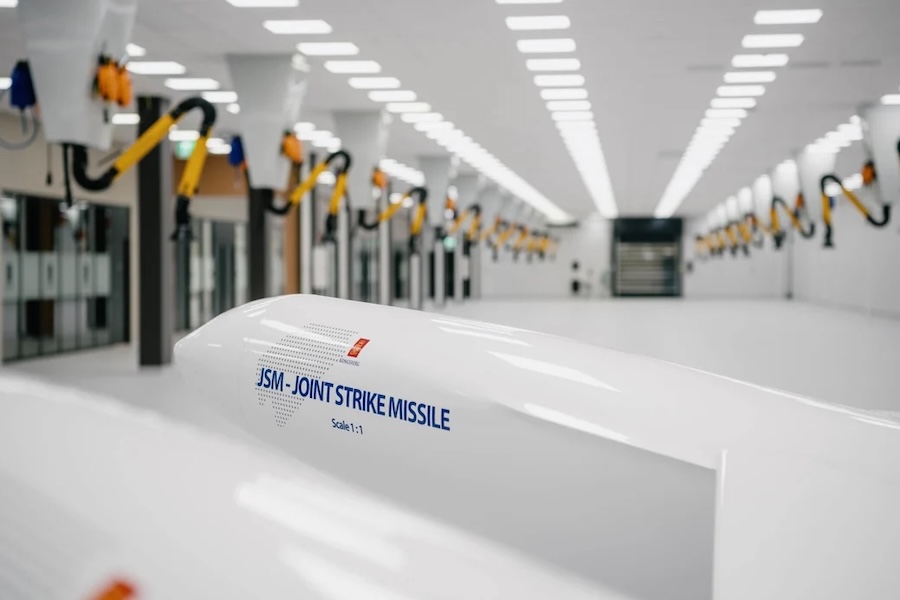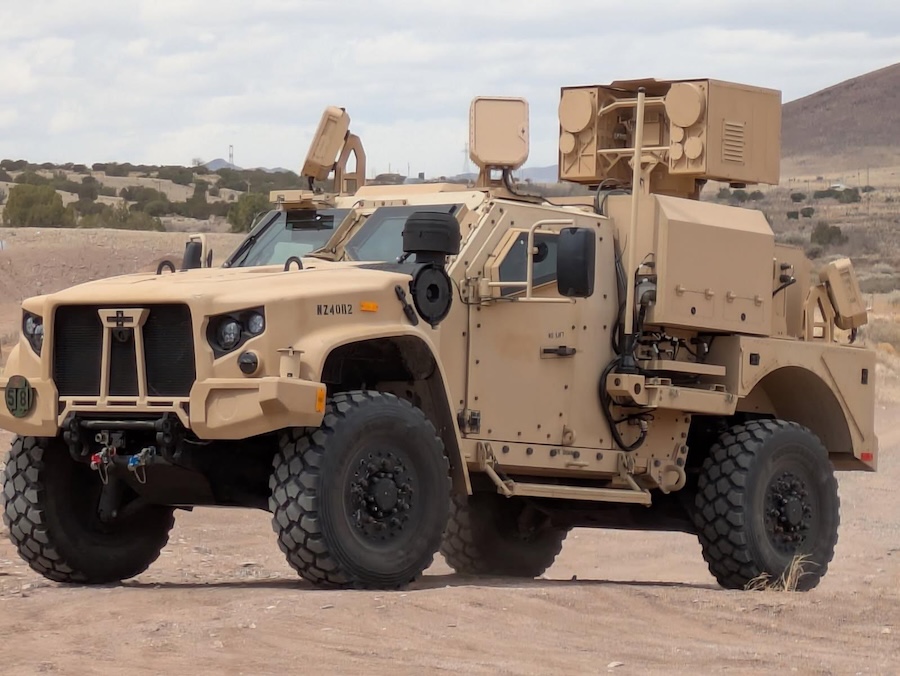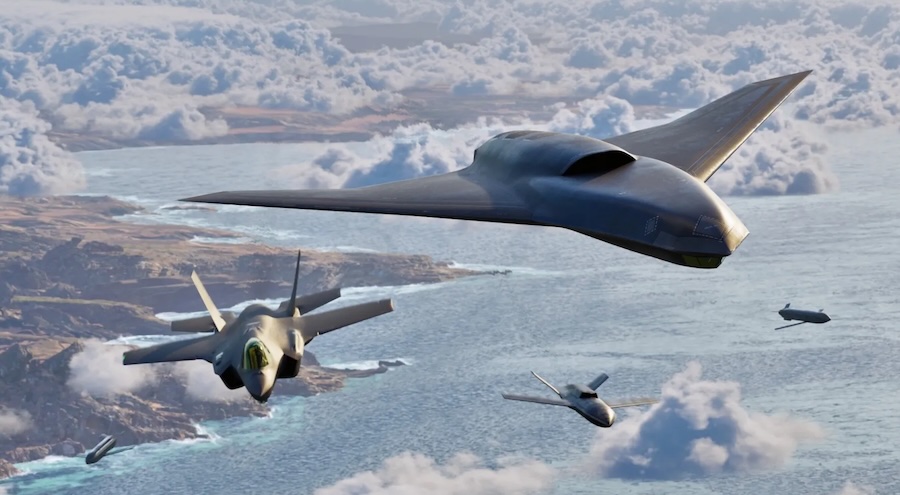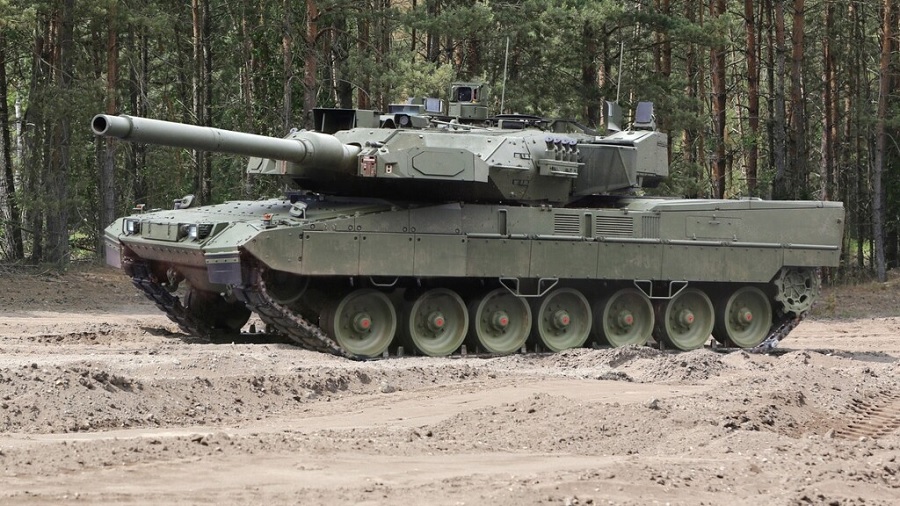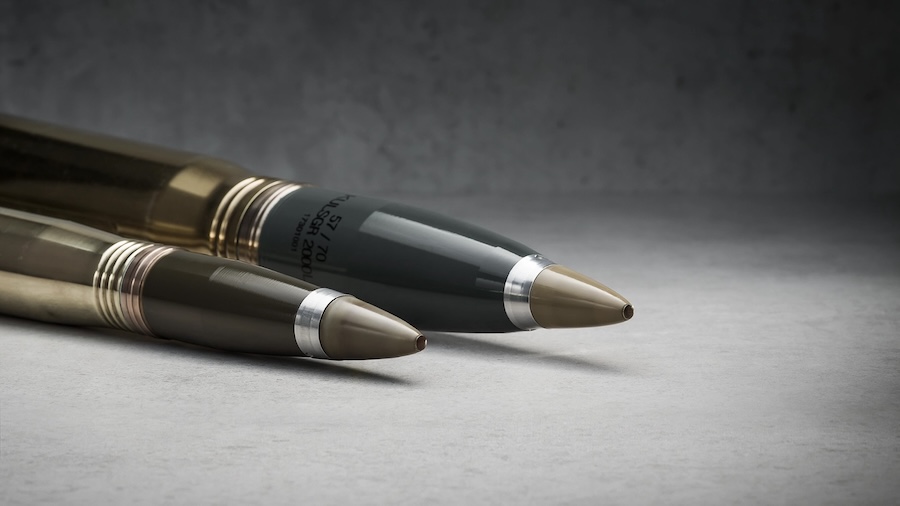The event followed the U.S. Army’s transfer of eight AH-64D Apache helicopters to the Polish Armed Forces earlier this year. The 1st Armored Division’s Combat Aviation Brigade, working with U.S. Army Europe and Africa’s 12th Combat Aviation Brigade, continues to support the training and integration of these helicopters into Polish forces to build long-term operational capability.
During the live-fire demonstration, AH-64 Apache helicopters from 1st Battalion, 501st Aviation Regiment supported the 12th Mechanized Division, Polish Ground Forces, as they manoeuvred into defensive positions and engaged simulated enemy targets. The helicopters provided near and deep fires, suppressing enemy positions and enabling ground manoeuvre.
Polish troops secured terrain to support the broader operation. “My unit was tasked to secure the perimeter of the south side of the area to stop the enemy and fix them to allow the American forces to refuel and then destroy the enemy together,” said Lt. Col. Maciej Szyłkowski, commander of 2nd Battalion, 12th Mechanized Brigade, 12th Mechanized Division, Polish Ground Forces.
The demonstration also underlined the Apache’s sustainment capabilities. Crews used forward arming and refuelling points, supported by a CH-47 Chinook, to maintain operations in extended engagements. “I think the one thing that the Chinooks do in helping the Apaches demonstrate this show of force is the Chinooks demonstrate that the Apaches can be put into adverse environments that don’t have those hard stand capabilities of refuel and that they can be emplaced deeper into the fight in order to engage the enemy,” said 1st Lt. Mackenzie Doyle, a CH-47 Chinook pilot with 2nd Battalion, 501st Aviation Regiment.
From an aviation leadership perspective, the exercise validated joint operational concepts. “The importance of these exercises integrating land forces and Army attack aviation forces is to show how manoeuvrable the AH-64 Apache could be,” said Maj. John Valenta, operations officer for Combat Aviation Brigade, 1st Armored Division. “Then also show how when we enter a ground unit’s battle space, we know where they’ll be, where we need to be, and how to support the ground force commander.”
Polish commanders emphasised the value of aviation support to ground operations. “It’s very crucial to understand our joint capabilities, especially from the land component, like how we can count on our aviation assets, what kind of mission we can task them with and what kind of targets we can detect and then provide the information to destroy that threat earlier, even before they reach our positions,” said Szyłkowski. “What we can count on the aviation side for is they have a longer distance than we do. So sometimes we see our targets using our optics, but we cannot reach them. So, it was a great thing that we could destroy all of the targets which were in front of us and the pilots could focus more on the targets which were far away beyond the distance of our cannons.”
The multinational exercise underscored the importance of joint training. “I thought today’s demonstration went really well. It was awesome to see how well we were able to work together with Apaches, Blackhawks, Chinooks, and the Polish ground force,” said Doyle. “It was an awesome multinational demonstration of our air capabilities as well as our ground capabilities, and it was just great teamwork across the board.”
For Polish leaders, the summit reinforced the importance of continued partnership. “I’m really happy about this opportunity to train together, because the more we train the more we understand each other, what kind of capabilities we have, and how we can organise our defensive operations and offensive operations, our weaknesses, our strengths, and we share our knowledge,” said Szyłkowski. “This is why this exercise was very beneficial for us.”
The Polish Apache Initiative forms part of the wider European Apache Initiative overseen by V Corps, aimed at enhancing attack aviation interoperability across Europe. It follows four lines of effort—organising, training, fighting, and sustaining—ensuring both militaries remain ready to respond to evolving threats in defence of NATO’s eastern flank.










